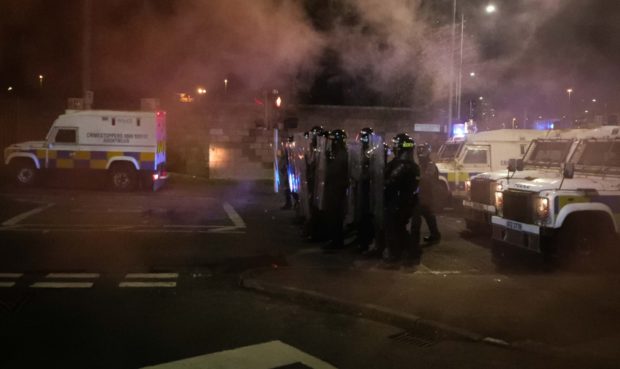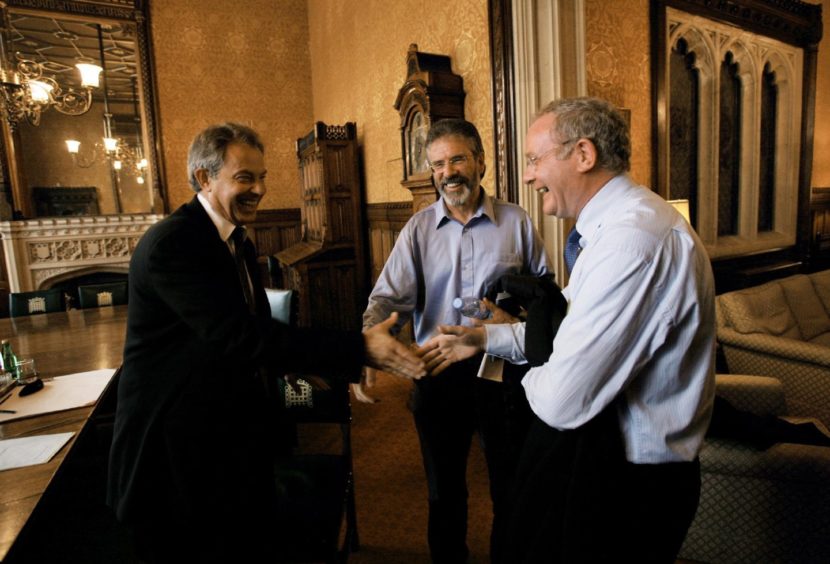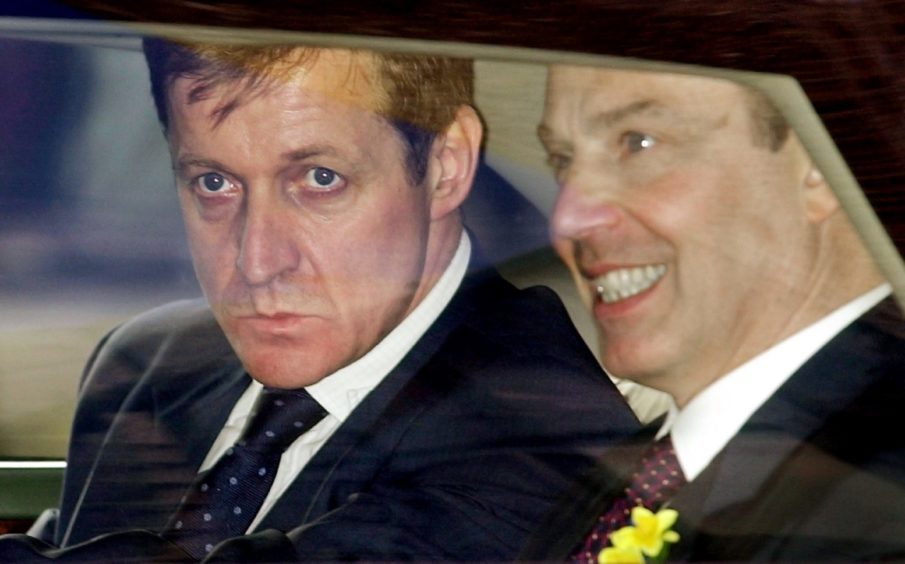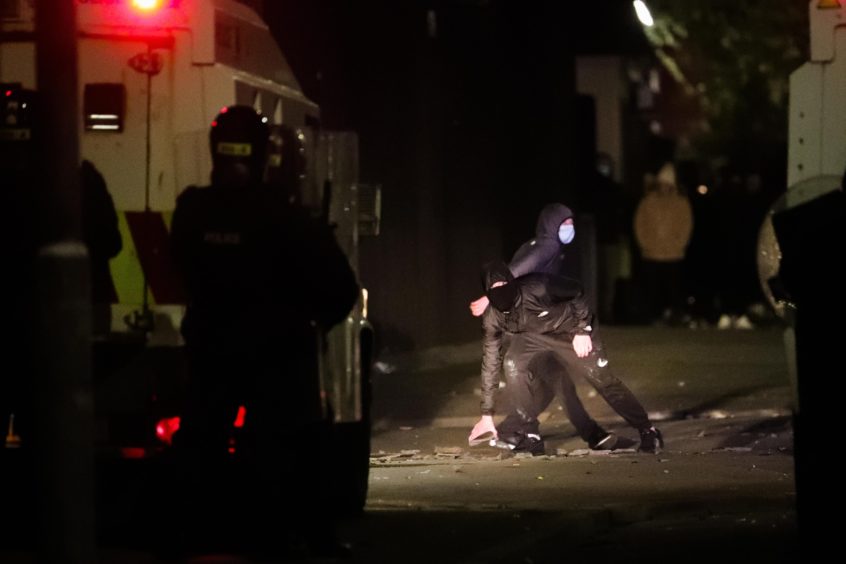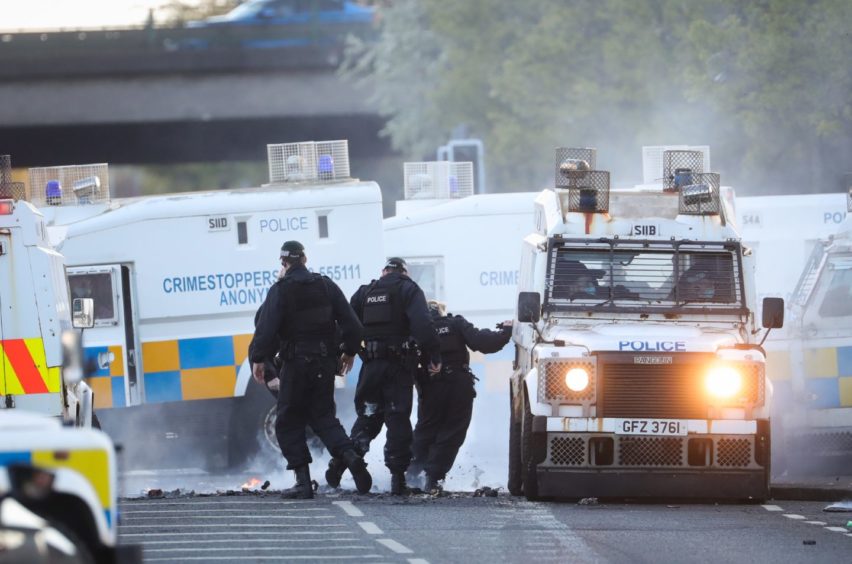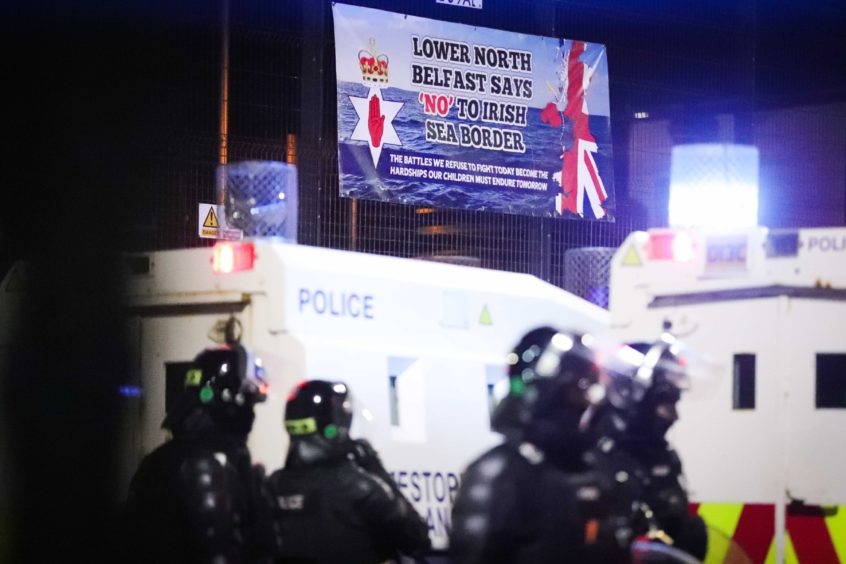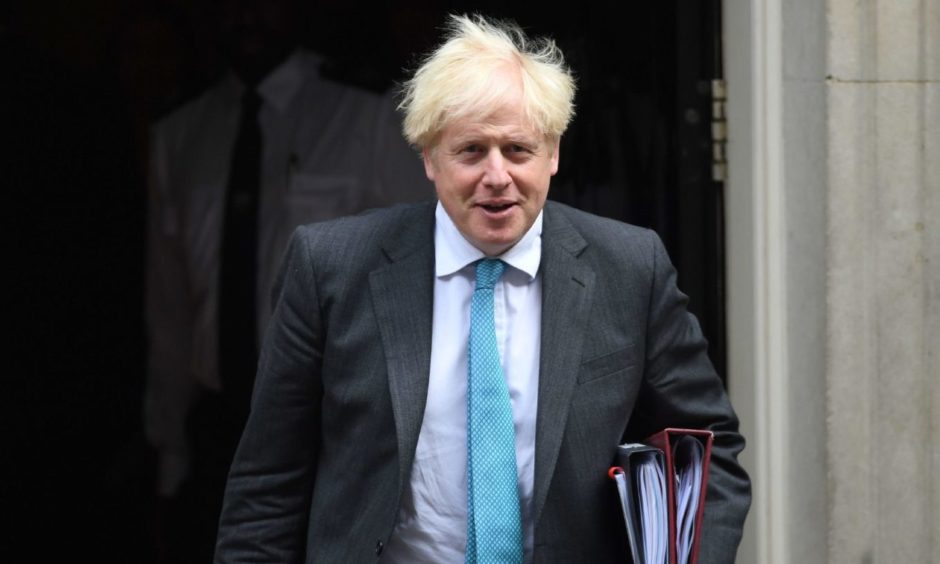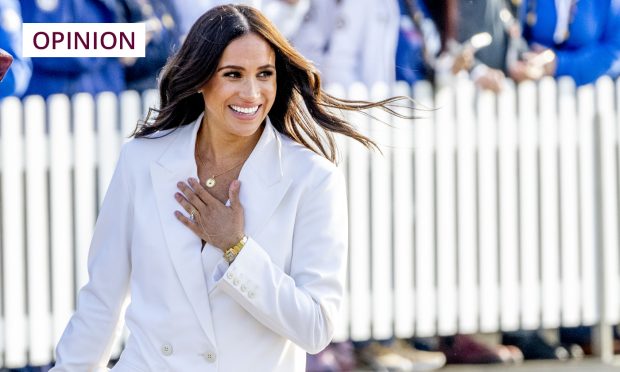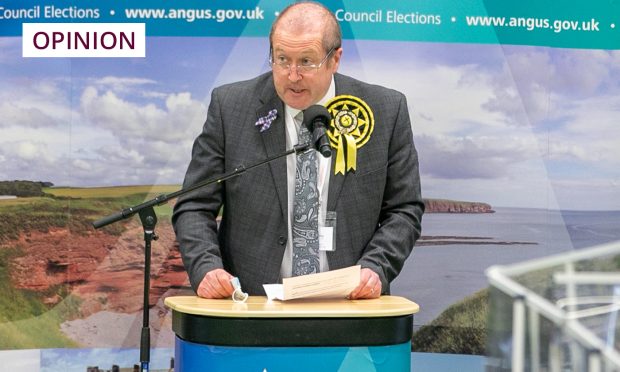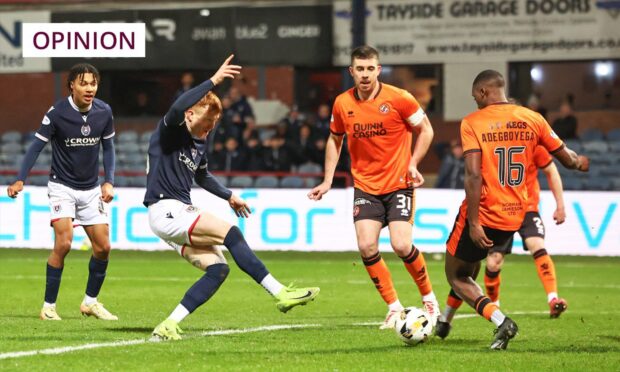I am often asked about low points and high points of my time as Tony Blair’s spokesman and strategist.
Picking just one of each is easier than you might imagine.
Low point – landing at Heathrow, turning on my phone to find a rash of messages to call Number 10 urgently, to be told that the body of weapons inspector David Kelly had been found.
As I told my diary, I could feel a juggernaut coming my way.
‘A byword for peace processes’
High point – no contest. April 10, Good Friday 1998, THAT Good Friday, the one which gave its name to an Agreement which became known the world over as a byword for peace processes in which previously irreconcilable enemies could become reconciled, and democracy could replace the bomb and the bullet as the preferred route to win hearts and minds, and get things done.
That day, I told my diary there was something magical about the way it all came together.
I am writing this on April 10, 2021, exactly 23 years after a diverse collection of political and community leaders were somehow persuaded to put their names to the same document, after months of tortuous and often angry debate and negotiation over a mass of complicated and inter-connected issues and interests.
Though there were many stumbles and setbacks thereafter, it nonetheless laid the ground for a whole generation to grow up amid a broadly stable peace their parents and grandparents did not know, and certainly could not take for granted.
To see young boys of 12 and 13, born a decade after that great day, involved in the recent violence which has seen dozens of police injured, and tensions between Unionists and Nationalists rise, is not merely depressing, but scary.
What I find scariest of all is how quickly, if we are not very careful, a return to low-level violence can become normalised, making a return to more dramatic and more deathly violence an almost inevitable next step.
Tony Blair, whose commitment to the process was absolute, often said: “This process moves forwards, or backwards; it never stands still.”
It is hard to witness the nightly violence, and the blame games being played by all sides, without worrying this is one of those periods when it is going backwards.
John Major and Tony Blair ignored voices of cynicism and defeat. However, I fear their successor in Downing Street will not see the issue of peaceful co-existence of the two communities in Northern Ireland as a priority in the way they did.
And what I also find depressing, and scary, is that much of our political-media ecosystem doesn’t seem to care terribly much.
We are starting to hear the kind of mutterings that deterred UK politicians of previous eras from getting too involved … “They will never get on, so let them get on with it”.
Thankfully John Major and Tony Blair ignored those voices of cynicism and defeat.
However, I fear their successor in Downing Street will not see the issue of peaceful co-existence of the two communities in Northern Ireland as a priority in the way that they did.
The Conservative and Unionist Party has become the English Nationalist Party.
Saturday’s Times carried a story, a page lead not long after the wall-to-wall coverage of Prince Philip, that Boris Johnson was ‘pining’ to get to Chequers for the weekend, with one of his briefers gushing that it was “his spiritual home”.
Deeper into the paper, low down on page 28, above an advert for holidays, just five paragraphs on Northern Ireland, focused on Bishops calling for an end to the violence.
‘Scornful about the peace process’
No mention of Johnson. No mention of Brexit. No real context at all.
Indeed, the cynic in me who has known Johnson since he was a journalist, scornful about the peace process, critical of Blair’s grandiose ambitions, our pandering to terrorists and our selling out of Unionists – I paraphrase what I recall as his general stance – I suspect he was rather grateful to Prince Philip for taking the heat off him for his and Brexit’s role in re-igniting tensions, and the evasion of his responsibilities in failing to do anything to calm them.
It is certainly an irony that it is the man who leads that Conservative and Unionist Party who has provoked such anger among Unionists.
Johnson, remember, told them that he would under no circumstance allow Northern Ireland to be treated differently from the rest of the UK; under no circumstance allow a border in the Irish Sea; and if anyone asked an Ulsterman to fill in a form, they were given specific, word-slurred instructions to throw it in the bin and call Number 10 to speak to the Prime Minister.
Update. In answering a question from @armstrong_irwin , the PM invites people to call him up if they’re asked for customs forms. Fire them in the bin. pic.twitter.com/7E2swGv56y
— Manufacturing NI (@ManufacturingNI) November 8, 2019
As many have found before, in both his political and his personal lives, a Johnson promise has proved to be worthless.
Even after agreeing to said border in the deal he struck with the EU, he denied it existed.
But it does, and the economic, political and cultural consequences are being felt, and playing out in dangerous ways.
Issues not being addressed
The Northern Ireland protocol, and the sense of betrayal at Johnson’s lies, are not the only factors fuelling the unrest.
There was genuine anger among many Unionists at the attendance of Sinn Fein leaders at an IRA funeral in breach of lockdown rules, with no action from the police.
There are also issues of genuine social deprivation and exclusion which they feel are not being addressed.
Violent and organised crime is playing a role too. None of this excuses the violence, but it does provide a context, which has to be addressed.
I am genuinely baffled at Johnson’s disinterest. It was only after criticism of his deafening silence grew that he put out a short tweet.
And whilst I accept it is not always wise to leap into action every time protesters use violence to further their goals, I think I can say with absolute certainty that both Major and Blair would not only have said more about what has been happening, but would have done more too, including going there to express support for the police, and seeking to get the politicians on the ground to work together, to stop exploiting problems, and start addressing them.
We can also be sure – indeed we saw it when police were attacked in Bristol at a ‘Kill the Bill’ protest – that if this kind of violence was happening in any other part of the UK, Johnson would be all over it, hard hat and yellow jacket on, cameras in tow, action man sorting it out.
The problem he faces is that some circles cannot be squared.
Major and Blair travelled together to Northern Ireland during the 2016 referendum to warn so, to remind people that Ireland and the UK’s shared membership of the EU was a cornerstone of the Agreement, in that it guaranteed a borderless Ireland.
Their genuine concerns were barely covered by the UK media, and airily swatted away by Johnson, Michael Gove and the other Brexit-whatever-the-cost campaigners.
Just as Brits with second homes in Spain would be allowed to stay there, just as businesses would continue to enjoy all the benefits of the single market, so the issue of new border arrangements simply would not arise. Never. Ever.
Liars, over and over, again and again.
What I would not give for a grown-up in Downing Street again, someone genuinely motivated to use power to deal with major challenges, not create, exploit or ignore them, with potentially deadly consequences
So now the Brextremists and their media cheerleaders have an old favoured game to play … let’s blame the EU.
After all, they gave us a deal we agreed to, and which we sold to the country and to Parliament as oven-ready, win-win, all set for the mighty prospering. How dare they?
Back in the real world, what I would not give for a grown-up in Downing Street again, someone genuinely motivated to use power to deal with major challenges, not create, exploit or ignore them, with potentially deadly consequences for life and limb, and for the union and stability of the UK.
